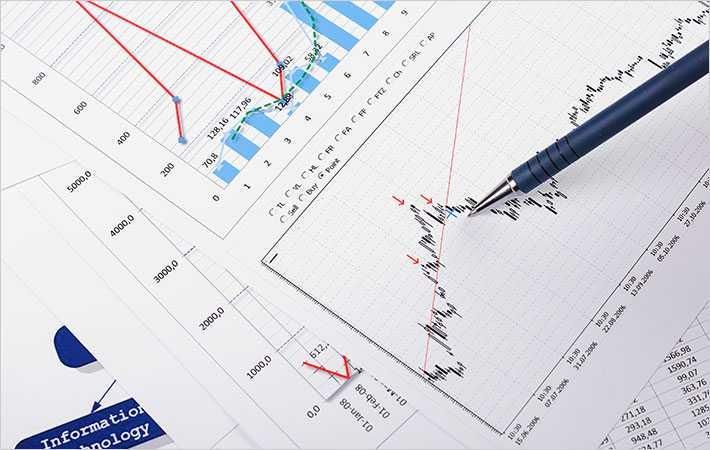
Sears comparable store sales declined 13.2 per cent. The company continued to focus on streamlining its operations, reducing inventory and operating expenses, and is taking incremental actions to further improve its performance. The impact of the various actions resulted in improved Adjusted EBITDA in each consecutive month of the quarter, including positive Adjusted EBITDA in the month of July.
The company reported a net loss attributable to Sears Holdings' shareholders of $251 million in the second quarter of 2017, compared to a net loss attributable to Sears Holdings' shareholders of $395 million in the prior year second quarter. In addition, Adjusted EBITDA was $67 million for the second quarter of 2017, compared to $191 million in the prior year second quarter.
"We are making progress on the strategic priorities we outlined earlier this year and remain focused on returning our company to profitability. The comprehensive restructuring of our operations is delivering cost efficiencies and helping drive improvements to our operating performance. While the third quarter has historically been our most difficult quarter over the past several years, we are working towards making meaningful improvement in our performance this year as a result of the restructuring actions we have put in place, and our continued focus on the expansion of our Shop Your Way ecosystem,” said Edward S Lampert, chairman and chief executive officer of Sears Holdings.
On July 29, 2017, Sears had utilised approximately $605 million of its $1.5 billion revolving credit facility due in 2020 (consisting of $216 million of borrowings and $389 million of letters of credit outstanding). The amount available to borrow under its credit facility was approximately $191 million.
The company's total cash balances were $442 million on July 29, 2017, including restricted cash of $230 million, compared with $286 million at January 28, 2017. Short-term borrowings totalled $546 million at the end of the second quarter of 2017, consisting of $216 million of revolver borrowings and $330 million of line of credit loans, said the company in a press release.
Merchandise inventories were $3.4 billion at July 29, 2017, compared to $4.7 billion at July 30, 2016, while merchandise payables were $0.7 billion and $1.3 billion at July 29, 2017 and July 30, 2016, respectively. Total long-term debt (including current portion of long-term debt and capital lease obligations) was $3.5 billion and $4.2 billion at July 29, 2017 and January 28, 2017, respectively. (KD)
Fibre2Fashion News Desk – India